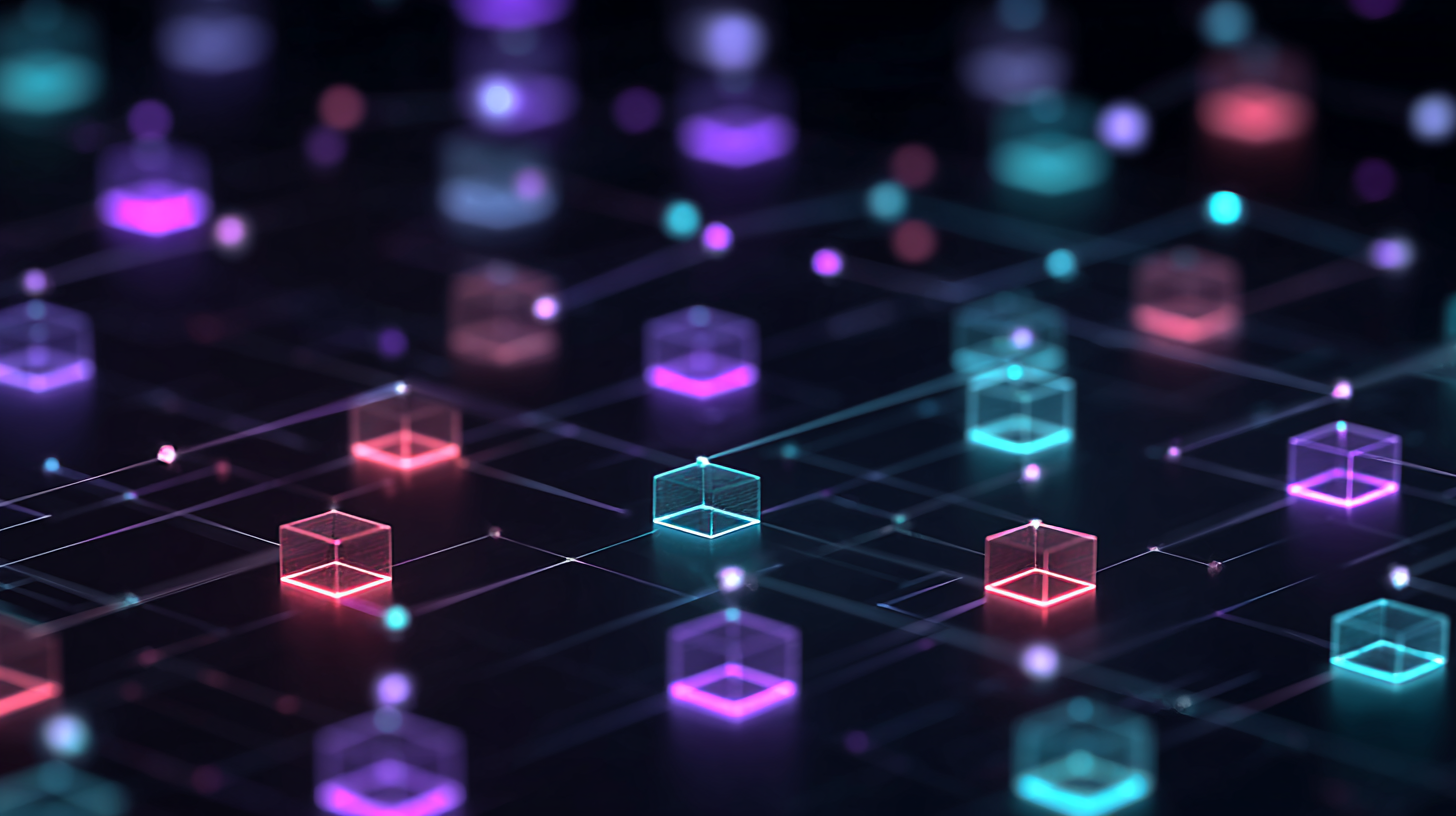The Rise of AI Poisoning Attacks: How Cloud Storage Enables AI Data Poisoning at Scale

The Rise of AI Poisoning Attacks: How Cloud Storage Enables AI Data Poisoning at Scale
AI is only as secure as the infrastructure it runs on.
As AI systems become deeply integrated into enterprise workflows, adversaries are shifting focus to a new class of threats: AI poisoning. These attacks are no longer speculative—they're active, evolving, and increasingly linked to cloud-native infrastructure blind spots. For any organization leveraging AI, understanding and mitigating these risks is paramount to maintaining data integrity and model trustworthiness.
- In 2023, Microsoft’s AI Red Team demonstrated how carefully crafted poisoned data samples could alter model outputs without triggering standard validation pipelines.
- In 2024, Anthropic disclosed that early LLM deployments were vulnerable to subtle prompt and training data manipulations—capable of injecting stealthy, persistent backdoors into trusted systems.
The OWASP AI Exchange provides a structured view of this threat landscape, mapping risks across both the AI system lifecycle (training, fine-tuning, inference) and its architectural layers (data, model, operations). AI poisoning primarily targets the data layer, especially during training and fine-tuning stages. But it can also extend into runtime model manipulation through inference-time input tampering or model configuration edits.
What links many of these scenarios is a shared weak point: storage access.
Why AI Poisoning Starts With Cloud Storage
In cloud environments, storage is treated as an internal utility, and assumed to be safe by default. But storage systems house the lifeblood of AI—training data, model checkpoints, inference inputs, and configuration files.
If an attacker gains write access to any of these—especially during development stages—they can poison training sets, implant rogue behaviors, or manipulate model behavior in production.
AI poisoning blurs the line between development-stage and runtime threats in the OWASP matrix. These risks—T.DP (Data Poisoning), T.AMC (AI Model Configuration Manipulation), T.IDI (Inference Data Integrity)—are increasingly storage-centric and often evade cloud security tools that lack AI-specific context.
In this blog, we refer to this class of threats collectively as AI Poisoning, with a focus on how storage systems enable and expose these risks.
The AI Data Poisoning Pattern: Initial Access to Model Tampering
Storage-based AI Poisoning attacks follow a core pattern:
- Initial Environment Access
Attackers require a foothold inside cloud, hybrid, or enterprise environments. Typical access vectors include:
- compromised user credentials
- vulnerable service accounts
- supply chain infiltration
- Storage System Access
Once inside, attackers access storage resources where training or inference data resides.
- Storage is often treated as a ‘trusted internal resource,’ with fewer controls than external facing assets
- Permissions are complex, and inherited access patterns often lead to misconfigurations
While this pattern is not fundamentally different from many established TTPs, the impact for AI systems could be both very high and harder to detect than in typical data tampering scenarios, silently shaping outputs across downstream systems.
Real-World Example: AI Data Poisoning Attack Chain
The diagram below shows a real-world attack chain in an Azure ML environment.
After initial access via a compute note (like a bastion host), the attacker escalates through service principals to gain write access to the storage layer, including blobstores and data lakes, injecting poisoned inputs that compromise downstream AI model behavior.

Why Storage Access is the Achilles’ Heel
- Internal Trust Assumptions: Storage is wrongly assumed to be "safe" if inside the network or tenant boundary, with looser enforcement than external perimeters.
- Visibility Gaps: Logging and access tracing for blob storage, file shares, and object stores can result in very busy event streams, making it challenging to get full coverage.
- Permission Complexity: Storage permissions are complex and frequently inherited or misapplied, resulting in the potential for access control gaps.
“For GPT-3, the training cost was around $16 million. If the data were poisoned and identified only after deployment, it could be incredibly expensive to trace the source and retrain.”
- Hyrum Anderson, Principal Architect, Trustworthy Machine Learning at Microsoft (source)
Detecting AI Poisoning Through Attack Chain Mapping
Most modern environments have a vast number of cloud assets in them, storage being no exception. These assets form a dynamic graph, with users, compute, storage, etc. connected to each other with varying levels of access (read, write, roles, etc.). This interconnected graph of access paths is often too complex for manual analysis.
But this is exactly where agentic AI excels:
- Graph-based analysis reveals which identities can reach sensitive AI datasets
- AI agents can simulate attacker movement, tracing paths from initial access to AI model poisoning
- Contextual enrichment helps teams assess not just if a risk exists, but how it impacts downstream systems.
AI Poisoning is a RemOps Challenge—Not Just a Threat Intel Problem
AI poisoning attacks aren’t just a data integrity issue, they also present a remediation operations challenge. They:
- Blur traditional risk boundaries (data vs. runtime, dev vs. prod)
- Evade rule-based alerting systems
- The scale, system complexity, and downstream impact necessitates automated triage and fast action
Security teams need more than visibility. They need a way to:
- Identify if poisoned data is reachable or exploitable
- Map poisoning risks to business-critical models
- Trigger mitigations or compensating controls directly from the analysis
Final Thoughts: The Shift to AI-Aware Remediation
As AI adoption accelerates, storage-layer poisoning will become a preferred target—stealthy, scalable, and hard to detect. The challenge isn’t just visibility. It’s the ability to:
- Map AI poisoning risks as attack chains
- Prioritize what’s truly exploitable
- Trigger remediation workflows across cloud and development teams
That’s the shift security teams must make in remediation ops (RemOps)—from chasing alerts to breaking real attack chains, before models are compromised.
💡 Want to dive deeper? Read the solution brief →
🧪 Exploring agentic remediation for your cloud environment? Request a demo →
Editor: Rajeev Raghunarayan
Featured Blog Posts
Explore our latest blog posts on cybersecurity vulnerabilities.
Ready to Reduce Cloud Security Noise and Act Faster?
Discover the power of Averlon’s AI-driven insights. Identify and prioritize real threats faster and drive a swift, targeted response to regain control of your cloud. Shrink the time to resolution for critical risk by up to 90%.






